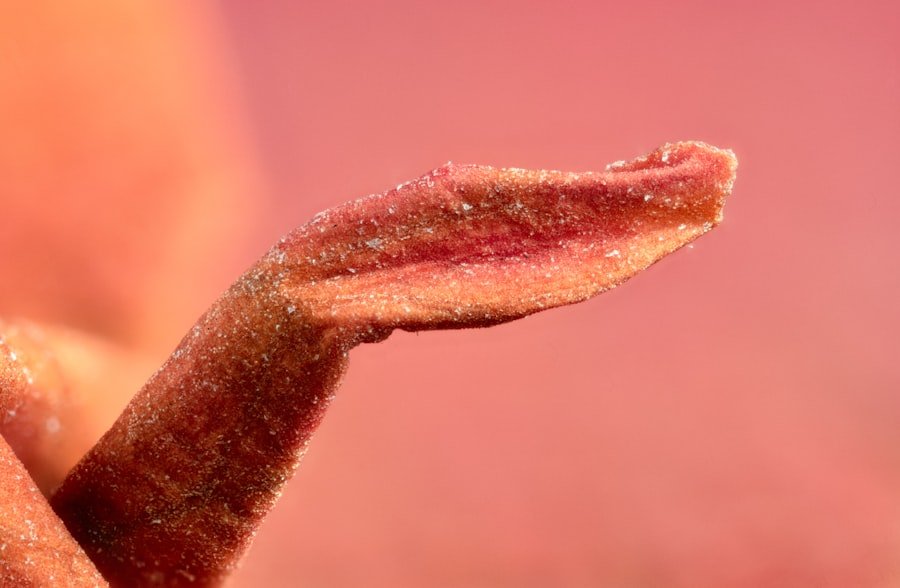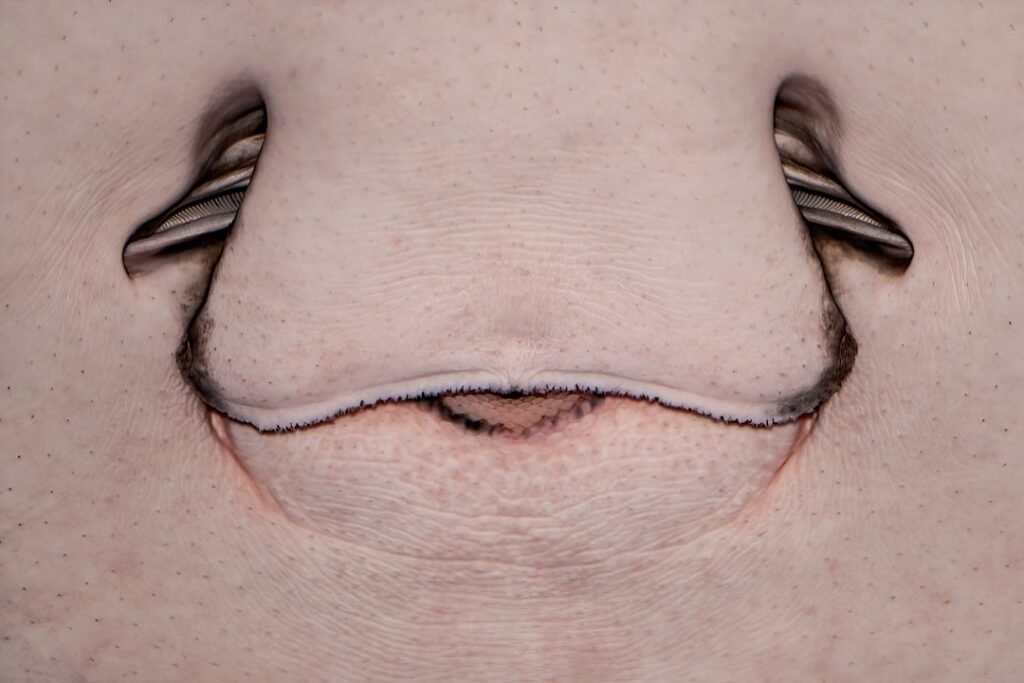Vaginal pimples are small, raised bumps that can appear on the vulva or surrounding areas of the genital region. These bumps can vary in size, color, and texture, and they may be filled with pus or fluid, resembling typical acne found on other parts of the body. While the term “vaginal pimples” is commonly used, it is important to note that these bumps do not originate from the vaginal canal itself but rather from the external genitalia.
The appearance of these pimples can be alarming for many individuals, leading to concerns about hygiene, infections, or sexually transmitted diseases. The skin in the genital area is sensitive and can react to various factors, leading to the formation of these pimples. They can occur in anyone with vulvar anatomy, regardless of age or sexual activity.
Understanding the nature of vaginal pimples is crucial for proper identification and management. While they may be benign in many cases, they can also indicate underlying health issues that require attention. Therefore, recognizing their characteristics and potential implications is essential for maintaining reproductive health.
Key Takeaways
- Vaginal pimples are small, raised bumps that can appear on the outer surface of the vagina or the vulva.
- Causes of vaginal pimples can include ingrown hairs, friction, hormonal changes, and infections such as folliculitis or genital herpes.
- Symptoms of vaginal pimples may include redness, swelling, pain, itching, and sometimes discharge.
- Home treatments for vaginal pimples may include warm compresses, gentle cleansing, and over-the-counter topical treatments.
- It is important to see a doctor for vaginal pimples if they are persistent, painful, or accompanied by other symptoms such as fever or unusual discharge.
Causes of vaginal pimples
The causes of vaginal pimples can be multifaceted, ranging from hormonal fluctuations to skin irritations. One common cause is the blockage of hair follicles or sebaceous glands in the area.
Just like facial acne, when these follicles become clogged with excess oil, dead skin cells, or bacteria, they can lead to the formation of pimples.
Hormonal changes, particularly those associated with menstruation, pregnancy, or hormonal contraceptives, can exacerbate oil production and contribute to this blockage. Another significant factor is irritation from clothing or personal care products. Tight-fitting underwear or pants can create friction against the skin, leading to inflammation and the development of pimples.
Additionally, certain soaps, lotions, or feminine hygiene products may contain harsh chemicals that irritate the sensitive skin of the vulva. Allergic reactions to these products can also manifest as small bumps or rashes in the area. In some cases, sexually transmitted infections (STIs) such as herpes or molluscum contagiosum can present with pimple-like lesions, making it essential to differentiate between benign and potentially serious causes.
Symptoms of vaginal pimples

The symptoms associated with vaginal pimples can vary widely depending on their underlying cause. Typically, these bumps may be accompanied by localized itching or discomfort. Some individuals may experience tenderness in the area surrounding the pimples, particularly if they are inflamed or infected.
In cases where the pimples are filled with pus, there may be a noticeable white or yellow head at the center, similar to a pimple on the face. In addition to physical symptoms, emotional distress can accompany the appearance of vaginal pimples. Many individuals may feel embarrassed or anxious about their condition, especially if they are unsure of its cause.
This emotional response can lead to avoidance of intimate situations or reluctance to seek medical advice. It is important to recognize that while vaginal pimples can be concerning, they are often treatable and manageable with appropriate care.
How to treat vaginal pimples at home
| Treatment | Description |
|---|---|
| Warm compress | Apply a warm compress to the affected area to reduce inflammation and promote healing. |
| Tea tree oil | Dilute tea tree oil with a carrier oil and apply it to the pimple to help reduce bacteria and inflammation. |
| Aloe vera | Apply aloe vera gel to the pimple to soothe irritation and promote healing. |
| Apple cider vinegar | Dilute apple cider vinegar with water and apply it to the pimple to help reduce bacteria and inflammation. |
| Keep the area clean and dry | Wash the affected area with a gentle cleanser and keep it dry to prevent further irritation. |
For many individuals, home treatment options for vaginal pimples can be effective in alleviating symptoms and promoting healing. One of the first steps is to maintain proper hygiene in the genital area. Gently washing with mild soap and warm water can help remove excess oil and bacteria without causing further irritation.
It is crucial to avoid harsh soaps or scrubs that may exacerbate inflammation. Applying a warm compress to the affected area can also provide relief by reducing swelling and promoting drainage if the pimples are filled with pus. This method encourages blood flow to the area and can help speed up the healing process.
Additionally, over-the-counter topical treatments containing benzoyl peroxide or salicylic acid may be beneficial for reducing inflammation and preventing new pimples from forming. However, caution should be exercised when using these products in sensitive areas; a patch test on a less sensitive area of skin is advisable before full application.
When to see a doctor for vaginal pimples
While many cases of vaginal pimples can be managed at home, there are specific situations where medical attention is warranted. If the pimples persist for an extended period without improvement or if they worsen in appearance or discomfort, it is essential to consult a healthcare professional. Persistent lesions may indicate an underlying infection or other health issues that require diagnosis and treatment.
Additionally, if there are accompanying symptoms such as fever, severe pain, unusual discharge, or bleeding, seeking medical advice is crucial. These symptoms could signal a more serious condition that necessitates prompt intervention. Individuals who experience frequent outbreaks of vaginal pimples should also consider consulting a doctor to explore potential underlying causes and develop a comprehensive management plan.
Medical treatments for vaginal pimples

When home remedies are insufficient for treating vaginal pimples, medical interventions may be necessary. A healthcare provider may prescribe topical antibiotics if there is evidence of bacterial infection contributing to the formation of pimples. In cases where hormonal imbalances are suspected as a cause, hormonal therapies such as birth control pills may be recommended to regulate hormone levels and reduce oil production.
For more severe cases or persistent lesions that do not respond to standard treatments, dermatological procedures such as drainage or excision may be considered. These procedures allow for direct removal of cysts or abscesses that have formed beneath the skin’s surface. In instances where sexually transmitted infections are diagnosed as the underlying cause of vaginal lesions, appropriate antiviral or antifungal medications will be prescribed based on the specific infection.
Preventing vaginal pimples
Preventive measures play a vital role in reducing the likelihood of developing vaginal pimples. One effective strategy is to choose breathable fabrics for underwear and clothing; cotton is often recommended due to its moisture-wicking properties and ability to reduce friction against the skin. Avoiding tight-fitting garments can also minimize irritation and allow for better airflow in the genital area.
Maintaining proper hygiene is equally important; regular washing with gentle cleansers helps keep the area clean without stripping away natural oils that protect the skin. It is advisable to avoid douching or using heavily scented feminine hygiene products that can disrupt the natural balance of bacteria in the vagina and lead to irritation. Additionally, individuals should be mindful of their shaving practices; using clean razors and shaving cream designed for sensitive skin can help prevent ingrown hairs and subsequent pimple formation.
Understanding the difference between vaginal pimples and other conditions
Differentiating between vaginal pimples and other conditions affecting the genital area is crucial for appropriate management and treatment. For instance, conditions such as folliculitis—an infection of hair follicles—can present similarly but may require different treatment approaches. Folliculitis often appears as small red bumps around hair follicles and may be itchy or painful.
Another condition that may be confused with vaginal pimples is genital warts caused by human papillomavirus (HPV). These warts typically have a cauliflower-like appearance and may not resemble traditional acne lesions at all. Similarly, herpes simplex virus infections can lead to painful blisters that rupture and crust over but are distinct from typical pimple formations.
Recognizing these differences underscores the importance of seeking medical advice when uncertain about a diagnosis.
A healthcare professional can provide accurate assessments through physical examinations and laboratory tests when necessary, ensuring that individuals receive appropriate care tailored to their specific conditions. Understanding these distinctions not only aids in effective treatment but also alleviates anxiety associated with misdiagnosis and inappropriate self-treatment strategies.
If you are experiencing vaginal pimples, it is important to seek medical advice from a dermatologist or gynecologist. Dr. Trisha Khanna, a board-certified dermatologist, provides valuable information on various skin conditions and treatment options. In a related article on her website, Dr. Khanna discusses effective permanent hair loss solutions for a fuller head of hair. To learn more about hair loss causes, symptoms, and treatment options, visit here.
FAQs
What are vaginal pimples?
Vaginal pimples are small, raised red bumps that can appear on the skin of the vaginal area. They can be caused by a variety of factors, including ingrown hairs, folliculitis, or blocked sweat glands.
What are the symptoms of vaginal pimples?
Symptoms of vaginal pimples can include redness, swelling, and tenderness in the affected area. They may also be accompanied by itching or a burning sensation.
What causes vaginal pimples?
Vaginal pimples can be caused by a number of factors, including friction from clothing, shaving or waxing, hormonal changes, or bacterial or fungal infections.
How are vaginal pimples treated?
Treatment for vaginal pimples may include warm compresses, over-the-counter topical treatments, and proper hygiene practices. In some cases, a healthcare provider may need to prescribe medication to address an underlying infection.
When should I see a doctor about vaginal pimples?
If vaginal pimples are persistent, painful, or accompanied by other symptoms such as fever or unusual vaginal discharge, it is important to seek medical attention. A healthcare provider can help determine the underlying cause and recommend appropriate treatment.


